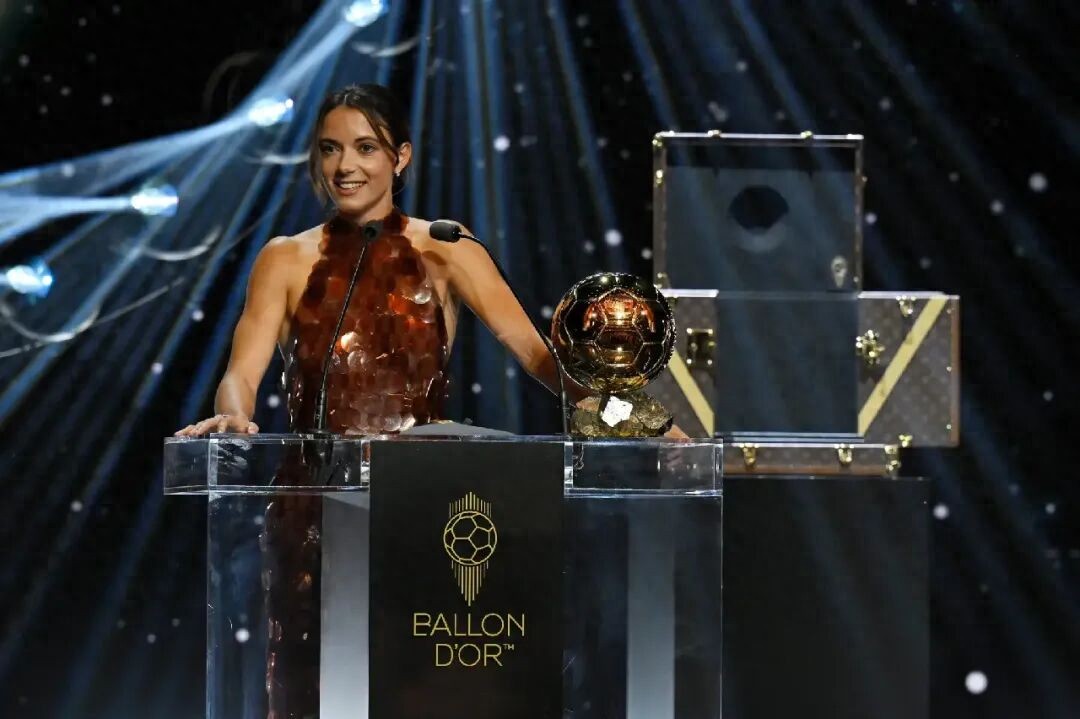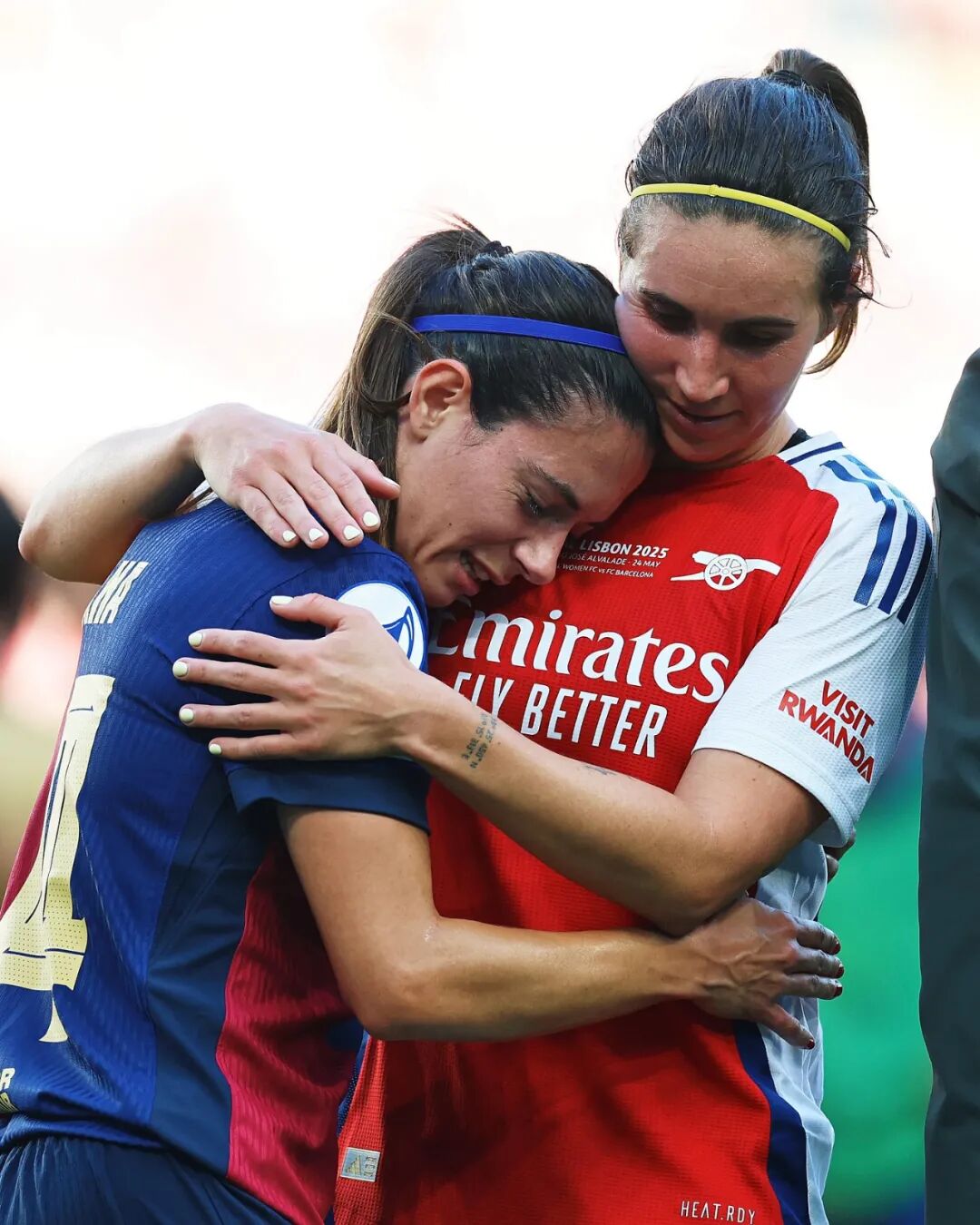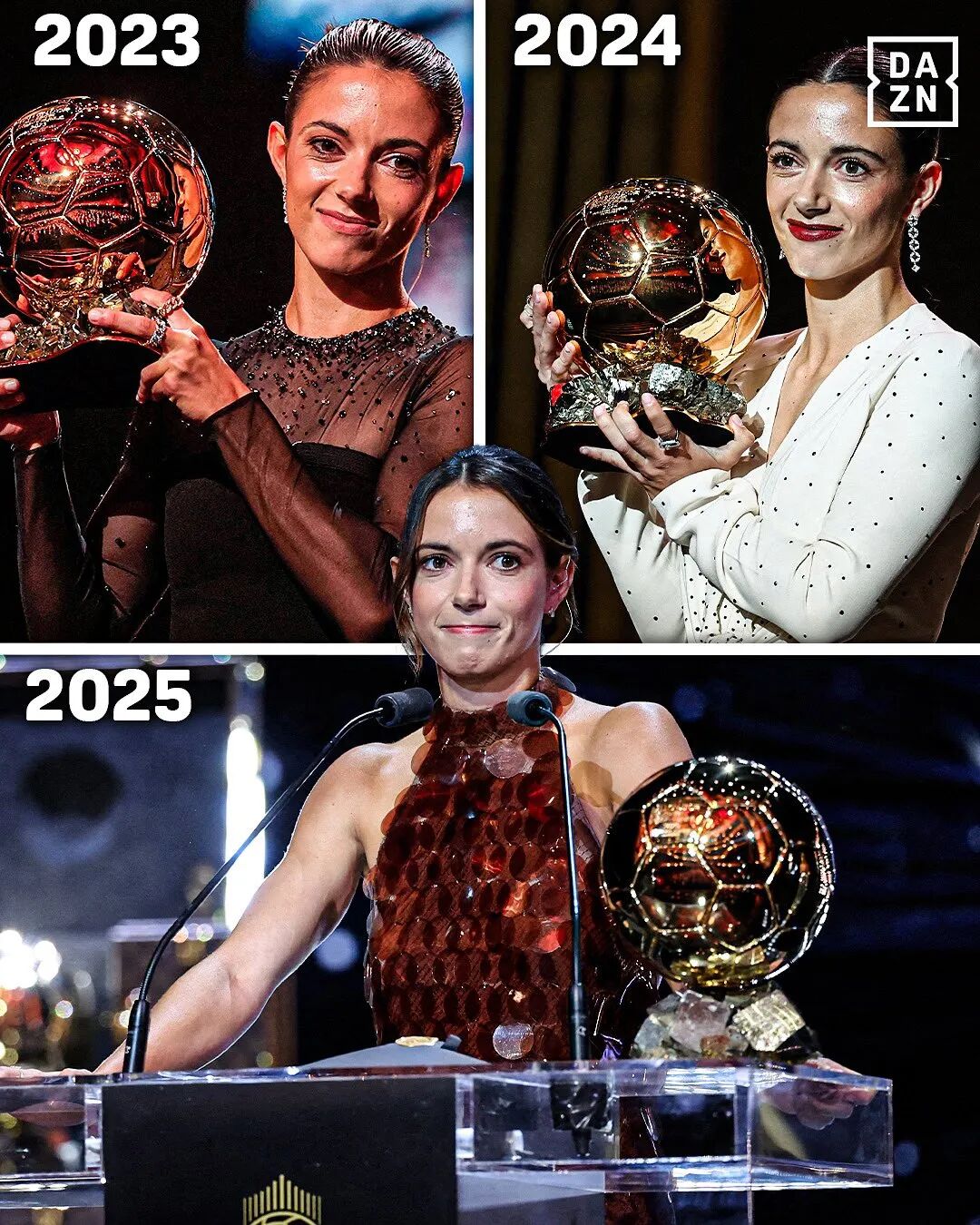Questioning the fairness of the Women’s Ballon d’Or: The “information cocoon” as the biggest obstacle in the award process

Written by Han Bing How could the winner of both the Women’s Champions League and the Women’s European Championship lose the Ballon d’Or to a competitor who only claimed a domestic title? At the recently concluded 2025 Ballon d’Or ceremony, England’s Russo, who secured both the Women’s Champions League and European Championship titles, only placed third, while Bonmati, who won the Spanish domestic treble, achieved a third consecutive victory thanks to her previously accumulated popularity from two years of huge scoring advantages.
This controversy in the award highlights the “information cocoon” effect in the global women’s football awards amid the explosive growth of women’s football in Europe and America. Today, the men’s Ballon d’Or benefits from unprecedented data transparency and openness through big data and social media platforms, making judges’ decisions more objective; meanwhile, the women’s awards remain trapped in an “information cocoon” that values player fame more—showing roughly a 15-year lag compared to the men’s awards in terms of data-driven judging and the objectivity and transparency of public opinion.
Ironically, in this women’s Ballon d’Or selection, the best club award went to Arsenal, champions of the Women’s Champions League; the best coach and best goalkeeper awards went to members of England’s European Championship-winning team; yet the English forward Russo, who won both the Women’s Champions League and European Championship, was the only “loser.” Even more notable, when Bonmati was announced as the winner, her Spanish teammate Cardona showed visible disappointment.

Last summer, Cardona transferred to Arsenal, winning both the official Women’s Super League Player of the Year and the Players’ Player of the Year awards last season. She also helped her team defeat her former club Barcelona in the Women’s Champions League final, achieving her fourth consecutive personal Champions League title; in the Women’s European Championship final, she scored as well, while Bonmati missed a penalty that cost her team the title.
Bonmati’s individual statistics are also less impressive. Last season, she played 58 matches, scoring 20 goals and providing 16 assists, directly contributing to 36 goals, but only scored 4 goals in the Women’s Champions League and just 1 goal in extra time of the European Championship semifinal to eliminate Germany; meanwhile, Russo and Cardona tied as top scorers in the Champions League with 7 goals each, and both scored in the European Championship final—outperforming Bonmati in both goal count and key match impact.
Looking at the individual data specifically: last season, Cardona played 56 matches, scoring 23 goals and assisting 20, contributing directly to 43 goals, and holds a Women’s Champions League title; Russo appeared in 56 matches, scoring 25 goals and assisting 9, directly involved in 34 goals, and earned both club and national European titles. Whether measured by individual stats or team honors, Russo and Cardona were more qualified for the Ballon d’Or than Bonmati. Yet the final outcome was Bonmati, who lacked both superior individual data and team achievements, securing her third consecutive women’s Ballon d’Or and extending Barcelona women’s five-year winning streak in this award.

The controversial result of this women’s Ballon d’Or closely resembles the debate surrounding the inaugural 2010 FIFA men’s Ballon d’Or. That year, Sneijder won the treble with Inter Milan, reached the World Cup final, and shared the World Cup Golden Boot; meanwhile, Xavi and Iniesta were core players of the World Cup-winning Spain team. Yet Messi, who only had a La Liga title and the European Golden Shoe, took home the trophy. This year’s women’s Ballon d’Or controversy is even more pronounced: unlike Messi, who had inferior team results but overwhelming individual stats, Bonmati does not even lead in personal performance. Despite the recent boom in women’s football in Europe and America, player data driven by big data platforms has yet to be fully showcased and deeply discussed by media and social platforms as it has been in men’s football.
This year’s Ballon d’Or jurors come from media representatives of football associations ranked in the world’s top 100 regions, but the strength gap among women’s teams is much greater than in men’s football, so judges still rely heavily on player popularity. Some might justify Bonmati’s win by citing her being named the best player in both the Women’s Champions League and European Championship last season as “proof of strength,” but in these competitions, her personal stats and team honors fall short of her rivals Russo and Cardona. Such subjective impressions overriding objective evidence in individual awards, as seen in this women’s Ballon d’Or result, are hard to accept.
As women’s football continues to flourish in Europe and America, and as media and fans engage more deeply with player big data, future major individual awards in women’s football will become more objective, fair, and convincing—just like the current men’s Ballon d’Or. However, it is clear that this progress requires time to develop.











 Links
Links
 Contact
Contact
 App
App


